When Good Methods Go Bad: The Ghost Peak Problem Haunting Your LC-MS
Water contamination causes 60-70% of unexplained ghost peaks in LC-MS.
5 min read
Byron Druss : Jul 14, 2025 12:12:58 PM
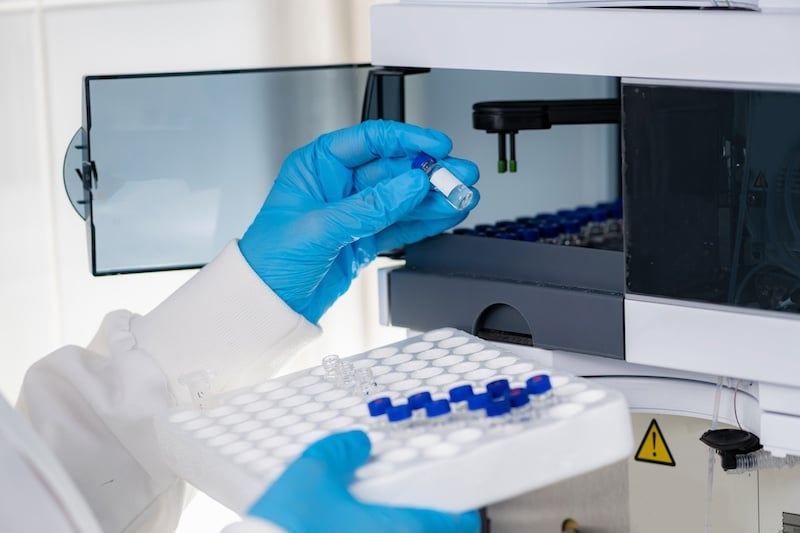
Your LC-MS system is calibrated perfectly between your set up and check standards. Your columns are fresh. You are running validated methods. Yet something's still wrong with your results. The culprit might be hiding in plain sight: contaminated ultrapure water (UPW).
The Problem Nobody Talks About
Even water meeting Type 1 specifications with over the Type 1 minimum water quality standards of 18 MΩ-cm resistivity can harbor invisible enemies. These contaminants don't show up in conductivity measurements, but they can wreck your LC-MS data in ways that cost far more than a few failed runs.
Why LC-MS Is Uniquely Vulnerable
The analytical technology to which LC-MS is based on creates the opportunity for the worst of both worlds to deliver problematic results when it comes to water contamination. The liquid chromatography side demands clean mobile phases. The mass spectrometry side amplifies every trace contaminant into noise, interferences, and/or data that makes the quantification step harder to do, and worse yet, inaccurate.
The Mobile Phase Minefield
Your mobile phase is typically 50-95% water. When that water carries organic contaminants, they don't just disappear, they become part of your analytical system. These ghost peaks show up exactly where you don't want them, in your analyte's retention time window.
Common organic contaminants in UPW:
The Mass Spec Amplification Effect
Mass spectrometry turns trace-contamination into major headaches. Ion suppression occurs when contaminants compete with your analytes for ionization. Your perfectly good sample gets pushed aside by invisible contaminants.
The result? You’ll have reduced sensitivity, shifted retention times, and peaks that appear and disappear unpredictably.
The Real Cost of Contaminated Water
Financial Impact: More Than You Think
A single contaminated batch affects everything downstream. Consider a pharmaceutical lab running stability studies:
One contamination event can easily cost $10,000-25,000 in direct expenses. The indirect costs run much higher.
Regulatory and Certification Delays
In regulated industries, contaminated results trigger investigation protocols. This means:
These delays can push product launches back weeks or months. In competitive markets, that timing can mean the difference between market leadership and playing catch-up.
Career and Reputation Consequences
Lab analysts face personal stakes when results don't make sense. Contaminated water creates patterns that look like analyst error:
Senior analysts know the feeling: when your best work produces questionable data, people start questioning your competence.
LC-MS Contamination: The Specific Threats
Organic Contaminants: The Silent Saboteurs
Organic molecules are LC-MS's worst enemy. They create:
Background interference: Elevated baseline noise that reduces detection limits Ion suppression: Reduced analyte signal without obvious cause
Retention time shifts: Methods that worked yesterday fail today
Carryover effects: Contamination that persists between runs
Non-Ionic Contaminants: The Hidden Variables
Non-ionic contaminants don't register on conductivity meters, but they still cause problems:
pH buffering: Unexpected pH changes in mobile phases
Protein binding: Reduced recovery in bioanalytical methods
Adsorption effects: Analytes sticking to system components
Bacterial growth: Biofilm formation in storage systems
The Accumulation Effect
LC-MS systems concentrate contaminants over time. What starts as trace contamination becomes system-wide problems:
Prevention: The Maintenance Connection
System Maintenance: Your First Line of Defense
Proper UPW system maintenance prevents most contamination issues:
Filter replacement: Conditioning and polishing filters remove organics before they enter your system
UV lamp maintenance: Fresh lamps eliminate bacterial growth and organic buildup
Sanitization protocols: Regular cleaning prevents biofilm formation
Storage system integrity: Proper circulation prevents stagnation
Monitoring That Matters
Standard conductivity monitoring misses the contaminants that hurt LC-MS most. Effective monitoring includes:
Total Organic Carbon (TOC): Direct measurement of organic contamination
Bacterial counts: Early warning of biofilm formation
Endotoxin levels: Indicator of bacterial contamination
System performance: Tracking baseline noise and sensitivity
The Economics of Prevention
Water system maintenance costs are minimal compared to contamination consequences:
Annual maintenance: $2,000-5,000 per system
Contamination event: $10,000-50,000 in direct costs
Prevention ROI: 5:1 to 25:1 return on maintenance investment
Best Practices for LC-MS Water Quality
Point-of-Use Generation
Fresh water eliminates storage-related contamination. Point-of-use systems provide:
Storage System Design
When storage is necessary, proper design prevents contamination:
Quality Validation
Prove your water works for your specific applications:
The Bottom Line
LC-MS contamination from UPW isn't just a technical problem, it's a business risk. Failed analyses, delayed projects, and regulatory investigations all stem from the same source: contaminated water that looked perfectly clean.
The solution isn't complicated. Proper water system maintenance, effective monitoring, and quality validation prevent most contamination issues. The investment is minimal compared to the consequences of failure.
Your LC-MS results are only as good as the water that feeds them. Make sure that water is actually as pure as you think it is.
Key Takeaways
Frequently Asked Questions
Q: How can I tell if my LC-MS problems are water-related?
Look for patterns that suggest contamination rather than method issues. Water problems typically show up as inconsistent baseline noise, unexpected peaks that shift retention times, or sensitivity that varies unpredictably between runs. If your quality control samples are inconsistent but your method hasn't changed, suspect water quality first.
Q: What's the most cost-effective way to prevent water contamination?
Regular maintenance is your best investment. Replace filters on schedule, maintain UV lamps, and perform sanitization protocols consistently. This prevents 90% of contamination issues at a fraction of the cost of dealing with problems after they occur.
Q: Should we test our water quality more frequently for LC-MS applications?
Yes. LC-MS is more sensitive to organic contamination than standard conductivity monitoring detects. Include TOC testing in your routine monitoring, and consider real-time monitoring for high-throughput operations. The cost of additional testing is minimal compared to the consequences of contaminated results.
Q: How long can we store ultrapure water before it affects LC-MS results?
Storage time depends on your system design and environmental conditions. Well-designed systems with recirculation and UV sterilization can maintain quality for 24-48 hours. However, point-of-use generation eliminates storage risks entirely and provides the most consistent water quality for critical applications.
Q: What should we do if we suspect our water system is contaminated?
Stop using the water immediately and document the issue. Check consumables first—filters, lamps, and resins are common failure points. Test your water quality with TOC and bacterial counts, not just conductivity. Don't restart production until you've identified and corrected the root cause. This systematic approach prevents recurring problems and maintains confidence in your results.
Discover the CLïR lab water system best suited for your application.
Want to learn more about the ins and outs of water treatment? Subscribe to this blog and we'll keep you posted.
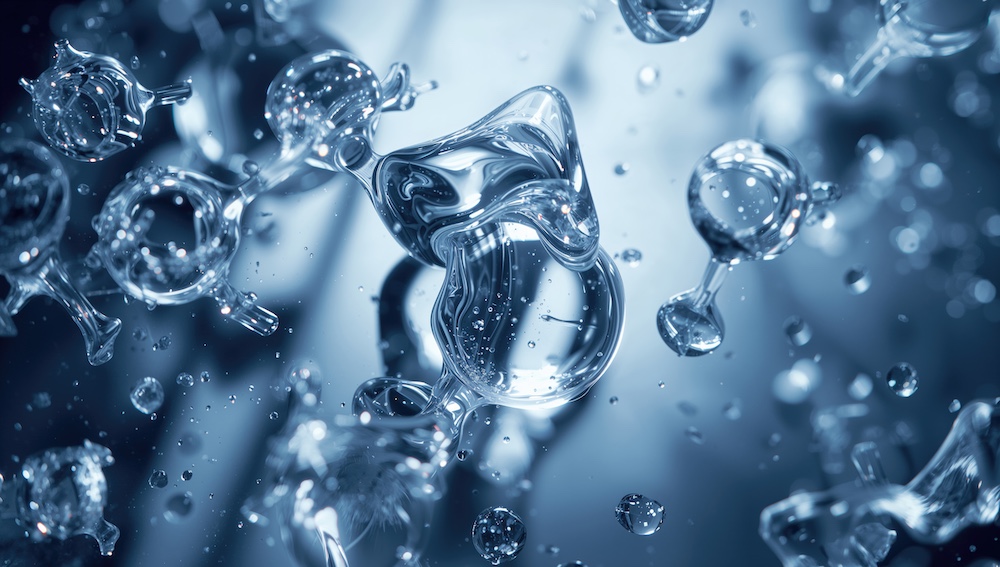
Water contamination causes 60-70% of unexplained ghost peaks in LC-MS.
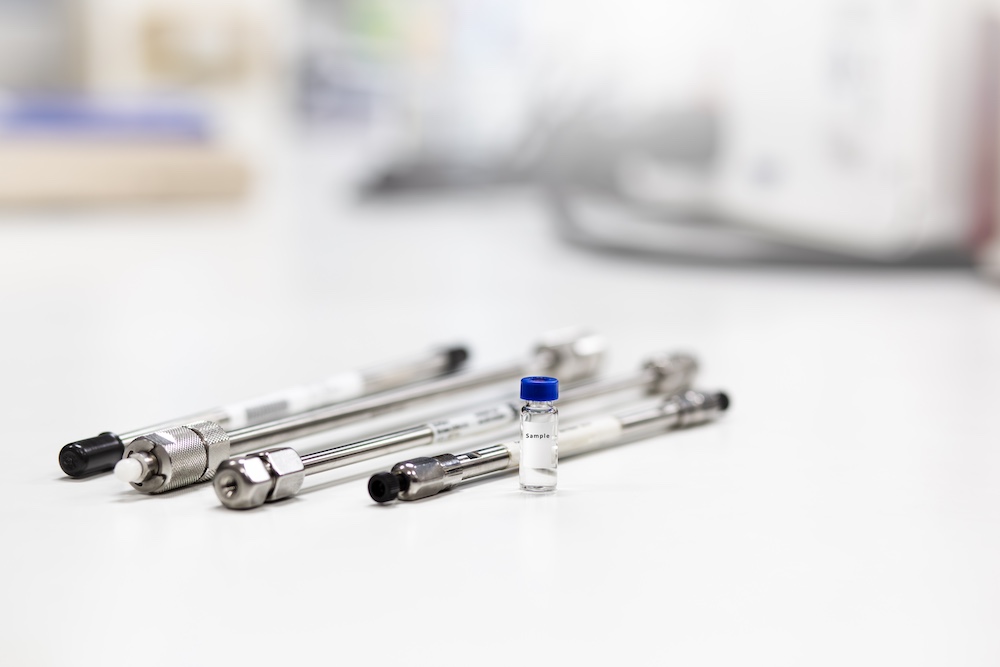
Your HPLC columns shouldn't fail after a few weeks. Under normal operating conditions, most reverse-phased C18 columns deliver stable performance for...
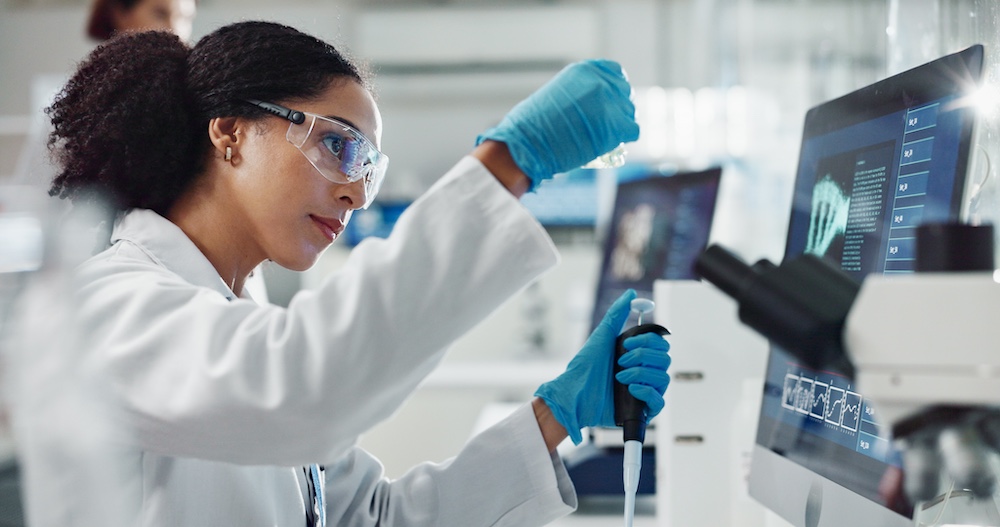
Ultrapure water (UPW) is like a lab's clean room, but in liquid form. At 18 MΩ-cm resistivity, Type I water isn't just "really clean"—it's so pure...
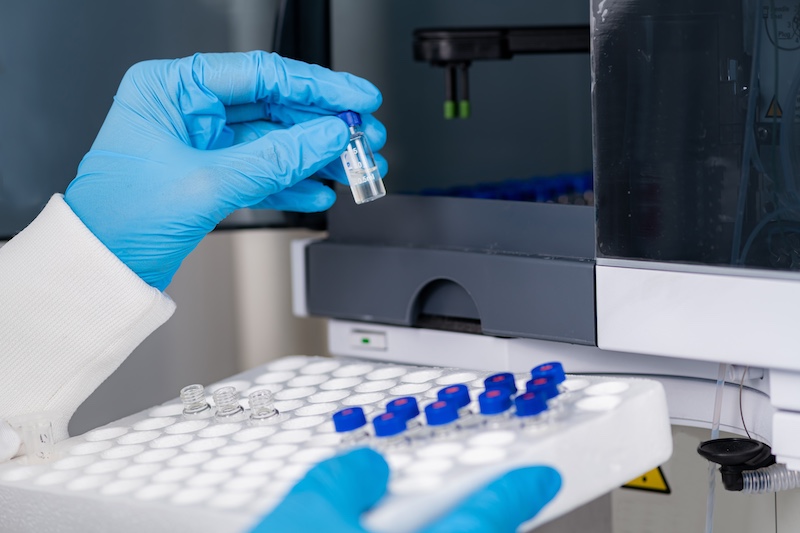
Your HPLC system is calibrated perfectly. Your columns are fresh. Your mobile phase is prepared with precision. Yet your results are inconsistent,...

Your HPLC columns shouldn't fail after a few weeks. Under normal operating conditions, most reverse-phased C18 columns deliver stable performance for...

Water contamination causes 60-70% of unexplained ghost peaks in LC-MS.